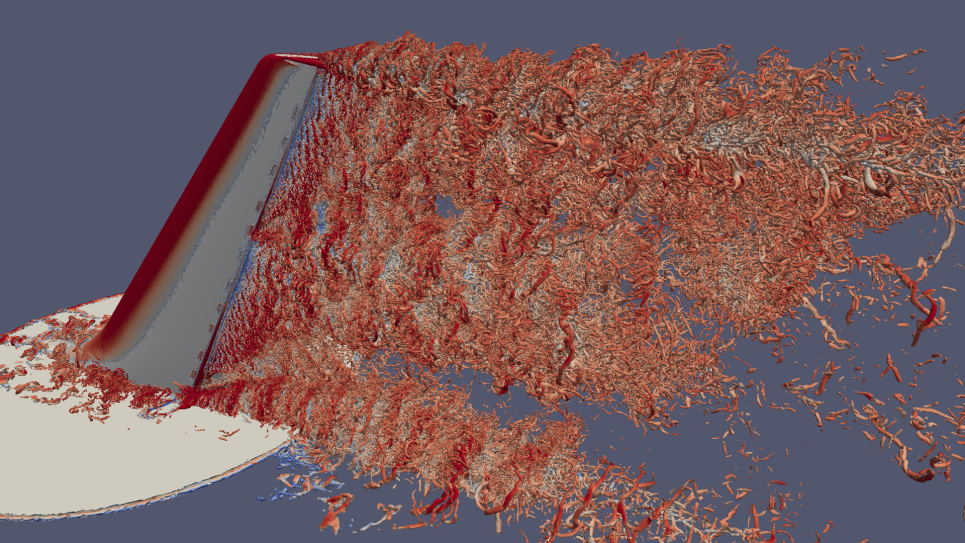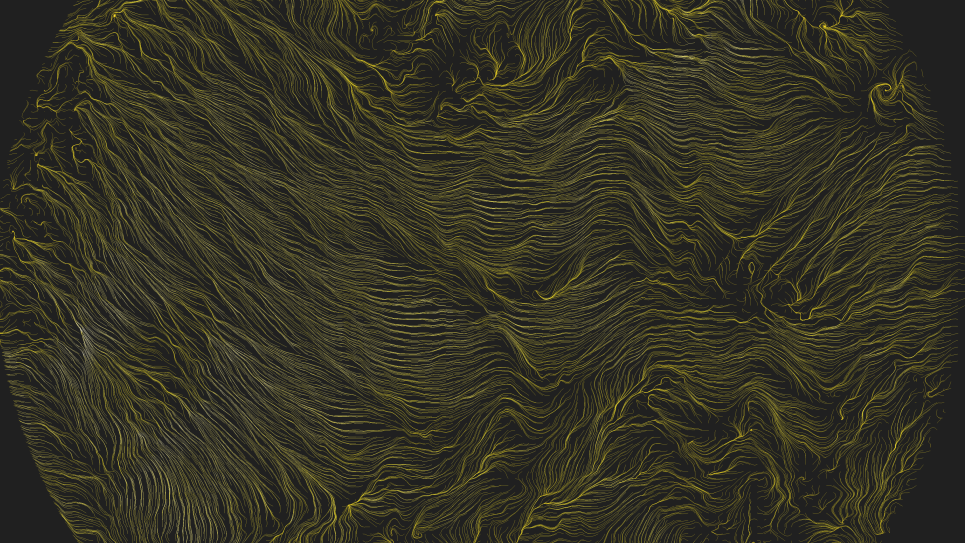
Parameter Studies of Boussinesq Flows
The dynamics of rotating, stratified fluids include the complex interaction of waves and turbulence, and are the basis for understanding the behavior of many physical systems in astrophysical, geophysical, and engineering applications. On long time scales, coupling between waves and slow motions is likely responsible, in part, for the behavior of large-scale astrophysical and geophysical phenomena. This work focuses on quantifying the structures generated by such coupling, ranging from layers in strongly stratified flows to columnar structures in strongly rotating flows.
This project will also improve the current understanding of turbulence by computing statistical patterns gleaned after “seeding” a turbulent fluid with a large number of particles to be conveyed by the flow. The researchers, motivated by the presence of both upscale and downscale transfer of energy in strongly rotating stratified flows, are implementing Lagrangian particle tracking to the Geophysical High Order Suite for Turbulence (GHOST) code application. Such particle-tracking capabilities form a natural route to understanding the fluxes and mixing properties of the flows.
Tall aspect-ratio simulations remain under-explored in the field of rotating and stratified flows, particularly in those regimes that are relevant to geophysical flows. Parts of the ocean that are closer to the poles (e.g., the abyssal Southern Ocean) are more strongly affected by rotation, where such deep water flows are of particular interest. Researchers will perform a parameter scan with the largest tall aspect-ratio simulation of its type (2048 × 2048 × 16384 grid points) to study how the developing structure scales are related to the characteristic scales of mixing.

